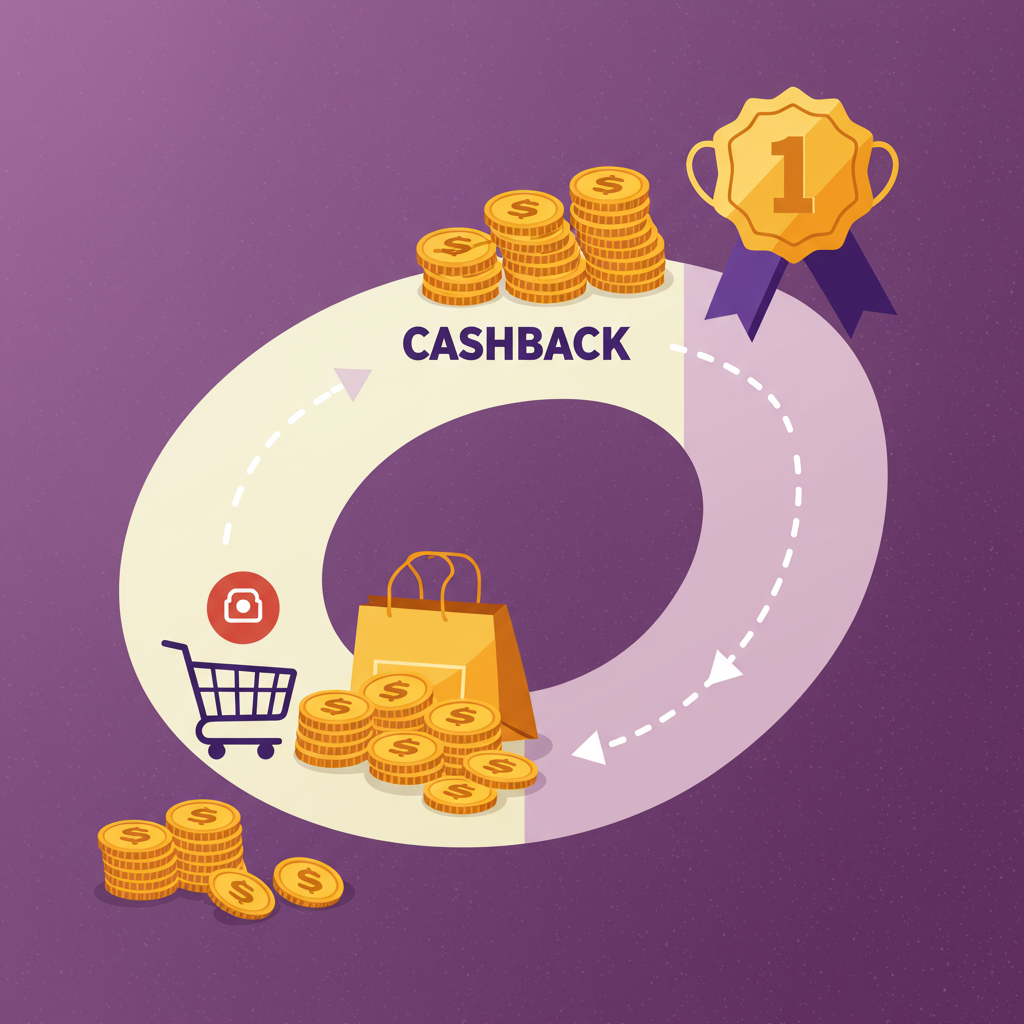A Merchant’s Guide to Choosing the Best Customer Retention Strategy
As a Shopify merchant, you’re constantly looking for ways to not only attract new customers but, more importantly, to keep them coming back.
Customer retention is often more cost-effective than acquisition, and loyal customers tend to spend more over time.
This is where loyalty programs come into play, serving as powerful tools to foster repeat business and build lasting relationships.
However, when considering which type of program to implement, many of us face a common dilemma: should we opt for a loyalty points system or a cashback program?
Both have their merits, and understanding their nuances is crucial for making an informed decision that aligns with your business goals and customer base.
Let’s dive deep into each option, exploring how they work, their advantages, disadvantages, and ultimately, which might be the best fit for your Shopify store.
First, let’s talk about loyalty points programs. These are perhaps the most traditional form of customer retention strategy.
Typically, customers earn points for every purchase they make, and these points can then be redeemed for discounts, free products, exclusive access, or other rewards.
On Shopify, implementing a points program usually involves integrating a dedicated loyalty app from the App Store, such as Smile.io, LoyaltyLion, or Yotpo Loyalty & Referrals.
These apps allow you to set up point earning rules (e.g., 1 point per dollar spent), define reward tiers, and manage customer accounts.
The primary advantage of a points program is its ability to foster a sense of community and long-term engagement.
Customers feel like they’re part of an exclusive club, accumulating value over time, which encourages them to return to your store specifically to earn and redeem points.
This can lead to higher average order values (AOV) as customers might spend more to reach the next reward tier or accumulate points faster.
Points programs also offer flexibility in rewards. You’re not just limited to discounts; you can offer unique experiences, early access to sales, or even charitable donations.
However, points programs can sometimes feel less immediate to customers. The value isn’t always instantly tangible, and it might take time for points to accumulate to a meaningful amount.
This can be a disadvantage for customers looking for instant gratification or those who only shop occasionally.
Now, let’s shift our focus to cashback programs. These are much simpler in concept: customers receive a percentage of their purchase back as a direct credit or discount on a future purchase.
For example, a ‘5% cashback’ offer means if a customer spends $100, they get $5 back, either immediately applied or credited to their account for their next order.
On Shopify, cashback can be implemented through various apps or even manually with discount codes for future purchases, though dedicated apps offer more automation.
The biggest advantage of cashback is its clear, immediate, and universally understood value. Money back is something everyone understands and appreciates.
It’s a powerful incentive for price-sensitive customers and can drive quick conversions, as the benefit is straightforward and tangible.
Cashback programs can also be easier to communicate and promote, as the value proposition is very direct.
However, a significant drawback of cashback is that it can train customers to expect discounts, potentially eroding your profit margins if not managed carefully.
It might also attract ‘deal-chasers’ who are less loyal to your brand and more loyal to the best price, potentially leading to lower long-term customer lifetime value (CLTV).
Unlike points, cashback offers less flexibility in terms of reward types; it’s almost always about monetary value.
So, how do you choose? Consider your target audience. Are they looking for long-term engagement and exclusive perks, or are they more driven by immediate savings?
Think about your product. High-margin products might better absorb cashback, while lower-margin items might benefit from the perceived value of points.
Your brand identity also plays a role. A premium brand might lean towards exclusive points rewards, while a value-driven brand might find cashback more fitting.
Many merchants also explore hybrid models, combining elements of both. For instance, offering points for purchases but also occasional cashback promotions.
Regardless of your choice, remember that the goal is to make your customers feel valued and encourage them to return.
Implement your chosen program with clear communication, making it easy for customers to understand how to earn and redeem rewards.
Promote your loyalty program actively on your Shopify store, through email marketing, and on social media.
Track key metrics like repeat purchase rate, average order value for loyalty members, and customer lifetime value to assess the program’s effectiveness.
Regularly review and optimize your program based on customer feedback and performance data.
Ultimately, the best loyalty program is one that resonates with your customers and supports your business objectives.
It’s not just about giving discounts; it’s about building relationships.
I hope this detailed breakdown helps you navigate the choices between loyalty points and cashback programs for your Shopify store.
What do you think about this article? I’d love to hear your thoughts on which program you prefer or if you’ve had success with a particular strategy.






